Talking Shop
We introduced two more writing resources on this talking shop episode. Though both articles we chose were more directed at instructors of creative writing classes, they were enlightening and thought-provoking reads. Sarah explored an article called “Writing Here, Writing Now; Making Sense of It All: Examining Cultural and Historical Context in the Introductory Creative Writing Class”, by Oindrila Mukherjee. Ashley examined an article called “Before the First Draft: Cultivating Inspiration and Creative Insight in the Classroom”, by Brandi Reissenweber.
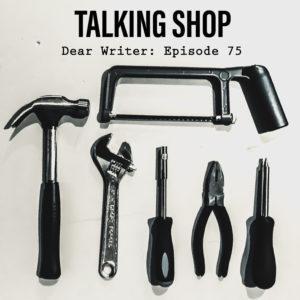
Episode Summary:
Sarah’s Tool of the Month:
Writing Here, Writing Now; Making Sense of It All: Examining Cultural and Historical Context in the Introductory Creative Writing Class by Oindrila Mukherjee in the Journal of Creative Writing Studies, Vol. 6, Issue 2, Article 4, 2021.
So, I’m going to start off with the same quote the author began with, which read “Our histories cling to us. We are shaped by where we come from.” From that you might deduce that this month I focused on an incredibly important in writing, and that’s examining how our own cultural and historical background affects us as writers. The article I read was primarily meant for teachers of creative writing, but I still found it really interesting and got a lot out of it. The Author is a lecturer at Grand Valley State University in Michigan, USA, and developed an assignment for her introductory to creative writing class (part of the Gen Ed program as well as a core requirement for writing majors). The purpose of the assignment was for students to self-examine their own cultural heritage and upbringing in order for them to understand more deeply what they write, and the article was a reflection on the writing assignment and the benefits.
The author said that when she first introduces the assignment, she is usually met with skepticism and bewilderment, and “most find it quite intimidating because they have never really given their own cultural and historical contexts much thought, at least not in relation to what they are writing.”
The assignment has three parts; 1) Search for patterns in your work, such as subjects, themes, objects, food and family members. 2) Reflect on your upbringing and identify factors that have played a significant part in your life thus far (but more from a community perspective such as religion, technology, race and ethnicity, political beliefs, gender, and geography rather than personal life events). And 3) Make connections between the factors identified above and the patterns you detected in your writing.
She mentioned that although she remains non-judgmental of their work and does not ever attempt to influence her students politically, it is important to remember that writing is a political act. For the author personally, she felt that the ethics of representation are especially important due to her own identity as a woman, and an immigrant. She did find debriefing after this assignment necessary, as many important topics were raised—particularly when questions of cultural appropriation are raised by students who choose to write about ethnicities other than their own, and how to do this sensitively (or whether to do this at all). It’s as important when looking at the types of things we write to also look at what we don’t write. For example, one student said that though he celebrates diversity in creative media, he struggles with writing it as he fears creating unrealistic people—this is something I can definitely relate to! Another student would actively seek people out from the backgrounds he wishes to write in, so he can accurately represent them. The author said her “chief objective with this assignment is to have the students begin the process of understanding themselves, the world in which they live, and how art comes into being.”
Even merely reading this article set my own mind churning: why do Ashley and I so often find ourselves writing about subjects such as politics and war? What significance does this hold for us? Why have we chosen the settings that we have, the characters that we have? Is there something that links them? I honestly don’t have all the answers yet but I am really intrigued to give this subject a lot more deeper thought and see what I can make out of it. My answers might be completely different to Ashley’s, too, but I think knowing why you write what you write is really important in making sure we’re creating writing that is accurate and representative of the different places and populations that we write about.
Ashley’s Tool of the Month:
Before the First Draft: Cultivating Inspiration and Creative Insight in the Classroom by Brandi Reissenweber in the Journal of Creative Writing Studies, Vol 3, 2018.
Introduction: Reissenweber describes inspiration as mysterious. Often, writers struggle to explain why a particular topic interests them, or why they are drawn to a certain idea. They only know its “charged and full of potential”. It is difficult to describe exactly what happens when an author is developing an idea before committing it to paper. The author suggests this is why it is rare for this process to be covered in detail in creative writing courses and books. But this is where the formation of ideas take place, and so it is very significant to writers. In Martin Cowley’s four stages of writing fiction (developed from interviews with dozens of authors) – two of them occur before the first draft is written. Stage 1: finding the germ of a story. Stage 2: shaping the germ into a story through a “period of more or less conscious meditation”. So, if you only focus on the product of writing, you are missing a significant part of the process.
The Science of Insight: Neuroscience can illuminate some aspects of the creative process. Memories are encoded in neurons. Representation are distributed across many neurons and each neuron stores many items. When you remember an experience, you aren’t accessing one neuron, you activate an entire group. Reissenweber uses the example of seeing your nephews blue eyes for the first time. The hue of blue it encoded on a particular neuron which is activated but that neuron might encode other memories/activate nearby neurons that contain other memories. Like memories of the ocean, or maybe a glass gem you had as a child. It is this ‘association of neurons’ which might be responsible for the first stage of writing: Finding the germ of a story. “The germ of a story is something seen or heard, or heard about, or suddenly remembered; it may
be a remark casually dropped at the dinner table . . . Or again it may be the look on a stranger’s face. Almost always it is a new and simple element introduced into an existing situation or mood; something that expresses the mood in one sharp detail; something that serves as a focal point for a hitherto disorganized mass of remembered material in the author’s mind”. This type of thinking results in many unexpected connections between ideas. This also supports the notion of “incubating” an idea, allowing more connections to be made.
The Approach: Writer as Explorer: using this as a starting point, the author developed Writer as Explorer. It is best suited for those with some experience writing fiction and practicing craft. The process: List making and prompts. Lists of oddities, strange facts, unexpected details and persistent images. Then prompts designed to bring forth memories, images and observations that have strong emotional and sensory meaning. Students are then encouraged to research which ever of this interest them, resulting in a “cabinet of curiosities” of sorts- an individual portfolio based on the person’s interests.Once this is complete, attention is turned to finding the story. Writing exercise are provided to encourage finding what might have narrative promise. Prompts lead to the writers discovering characters and conflict.









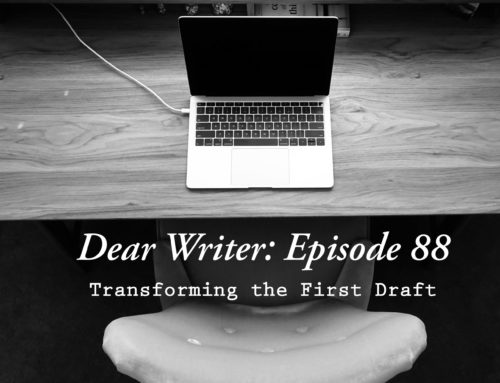
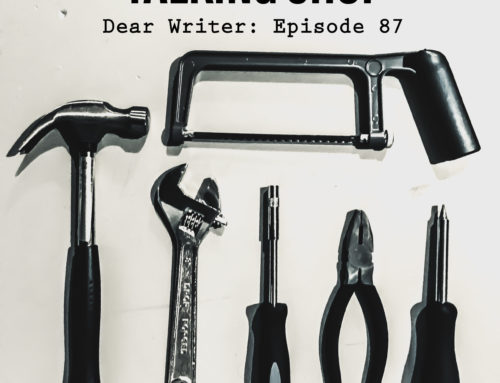

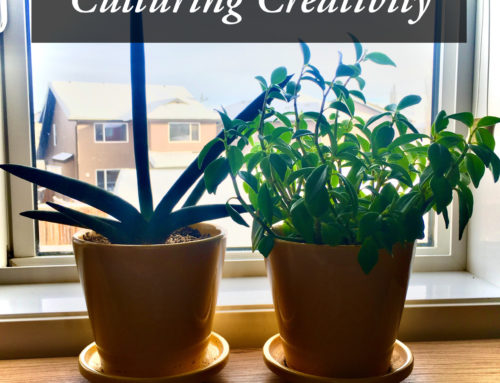

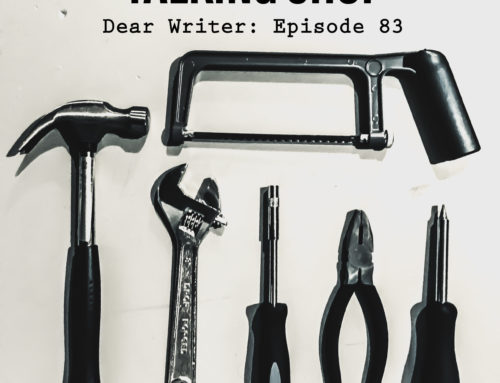


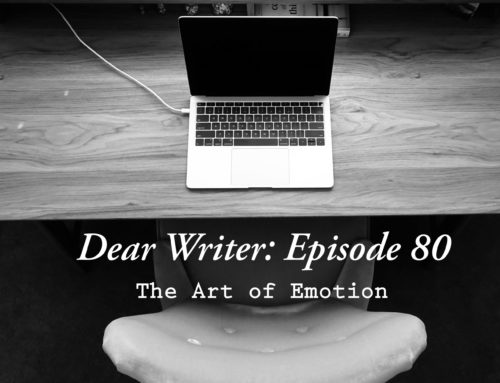
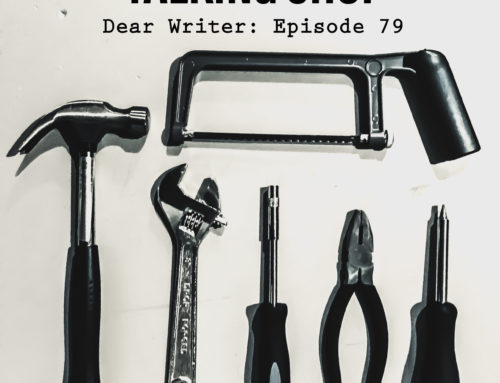
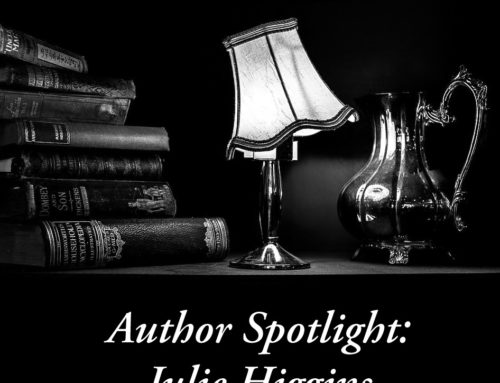
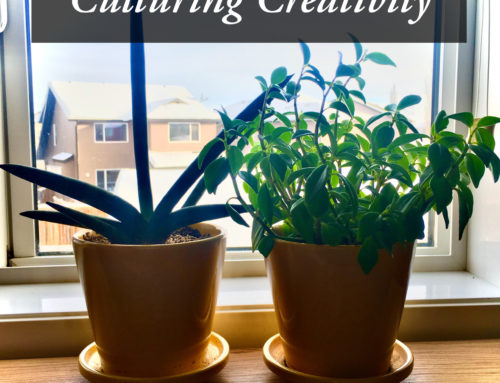
Leave A Comment